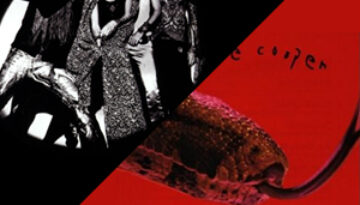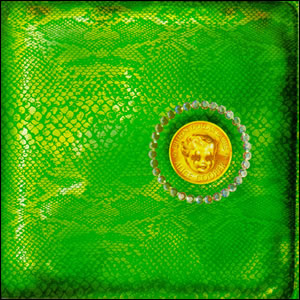Love It to Death & Killer
by Alice Cooper
Buy Love It to Death Buy Killer Due to his legendary live shows, Alice Cooper tended to get swallowed up by the stage persona that would come to define his career. But the […]


